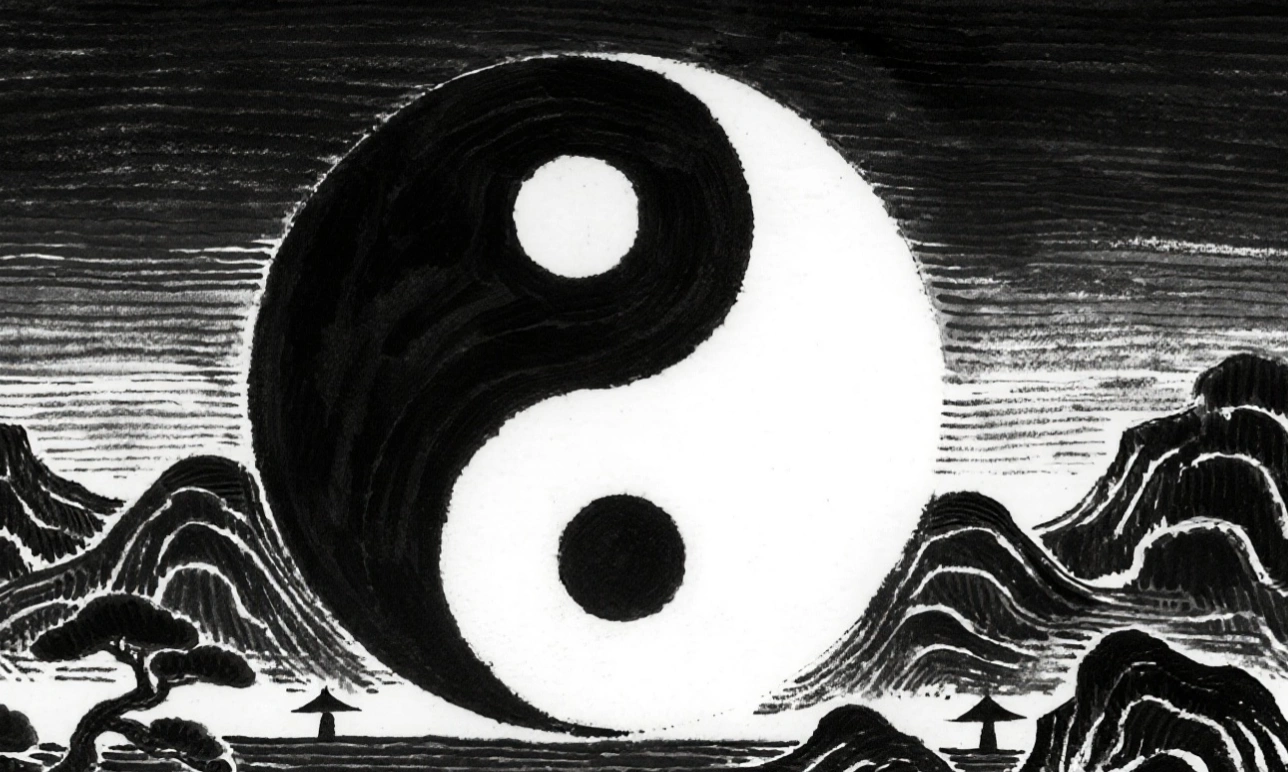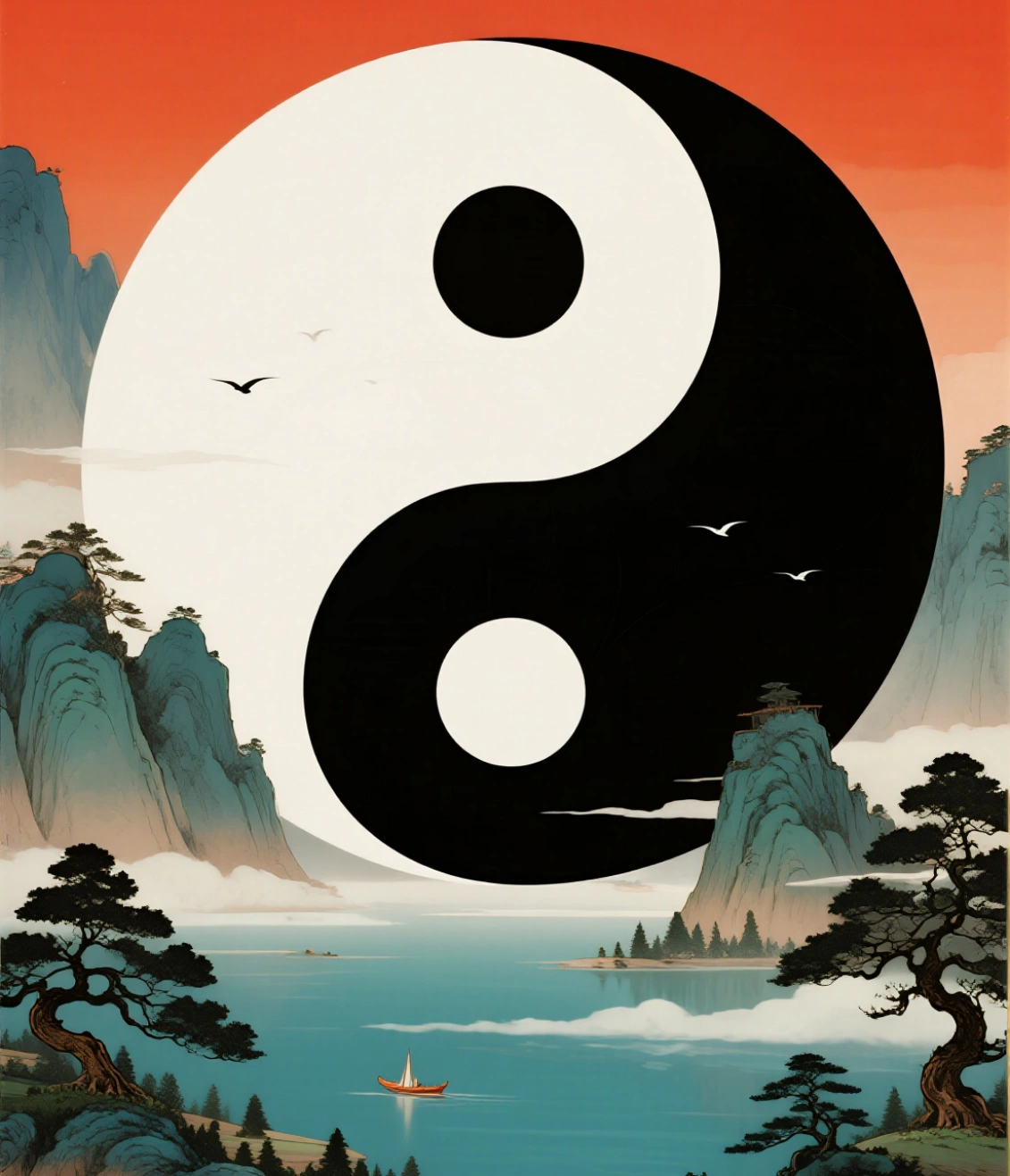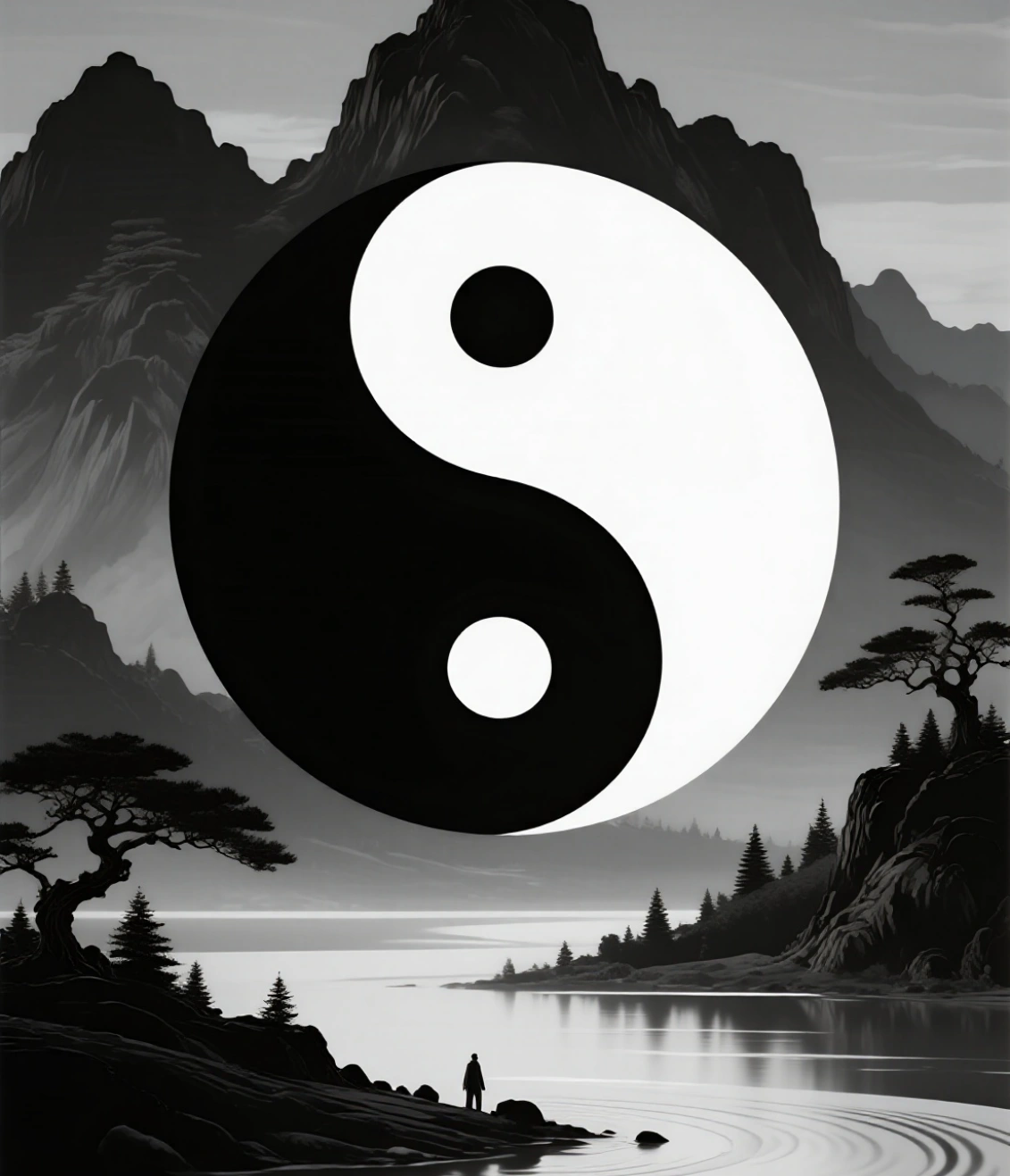The “Black-and-White Path” of Taiji: Ancient Wisdom of Yin-Yang Harmony
Taiji culture, a core element of Chinese civilization, embodies the spirit of “Harmony” through the dynamic balance of Yin and Yang. This article explores the origins, philosophical foundations, and practical applications of Taiji, illustrating how this ancient wisdom promotes personal well-being, social harmony, and cultural continuity in the modern world.

Core Concepts:
-
Interaction of Yin-Yang: The black-and-white Taiji symbol represents interdependence, constraint, and transformation—reflecting the universal law of unity in opposition.
-
Unity of Heaven and Humanity: Emphasizes holistic harmony between humans, nature, and society, advocating a life in accordance with natural principles.
-
Five Elements & Seasons: Taiji gives rise to the Five Elements (water, fire, earth, metal, wood) and seasonal cycles, offering a framework for understanding cosmic order.

Practical Functions & Benefits:
-
Promotes Physical/Mental Balance: Taiji practice regulates energy, balances Yin-Yang, and enhances health and inner peace.
-
Enhances Wisdom & Thinking: Yin-Yang philosophy fosters holistic and flexible thinking, improving decision-making and problem-solving.
-
Improves Relationships: Advocates “Harmony as Most Precious,” encouraging harmony in family, society, and global contexts.
-
Cultural Heritage & Innovation: As a root of Confucian and Taoist culture, it continuously influences art, medicine, philosophy, and more.

Modern Relevance:
In today’s fast-paced world, Taiji culture reminds us to return to balance and prioritize inner and outer harmony. Whether through Taiji exercise, applying Yin-Yang thinking, or practicing “He” culture, Taiji wisdom offers profound nourishment for individuals and society.

